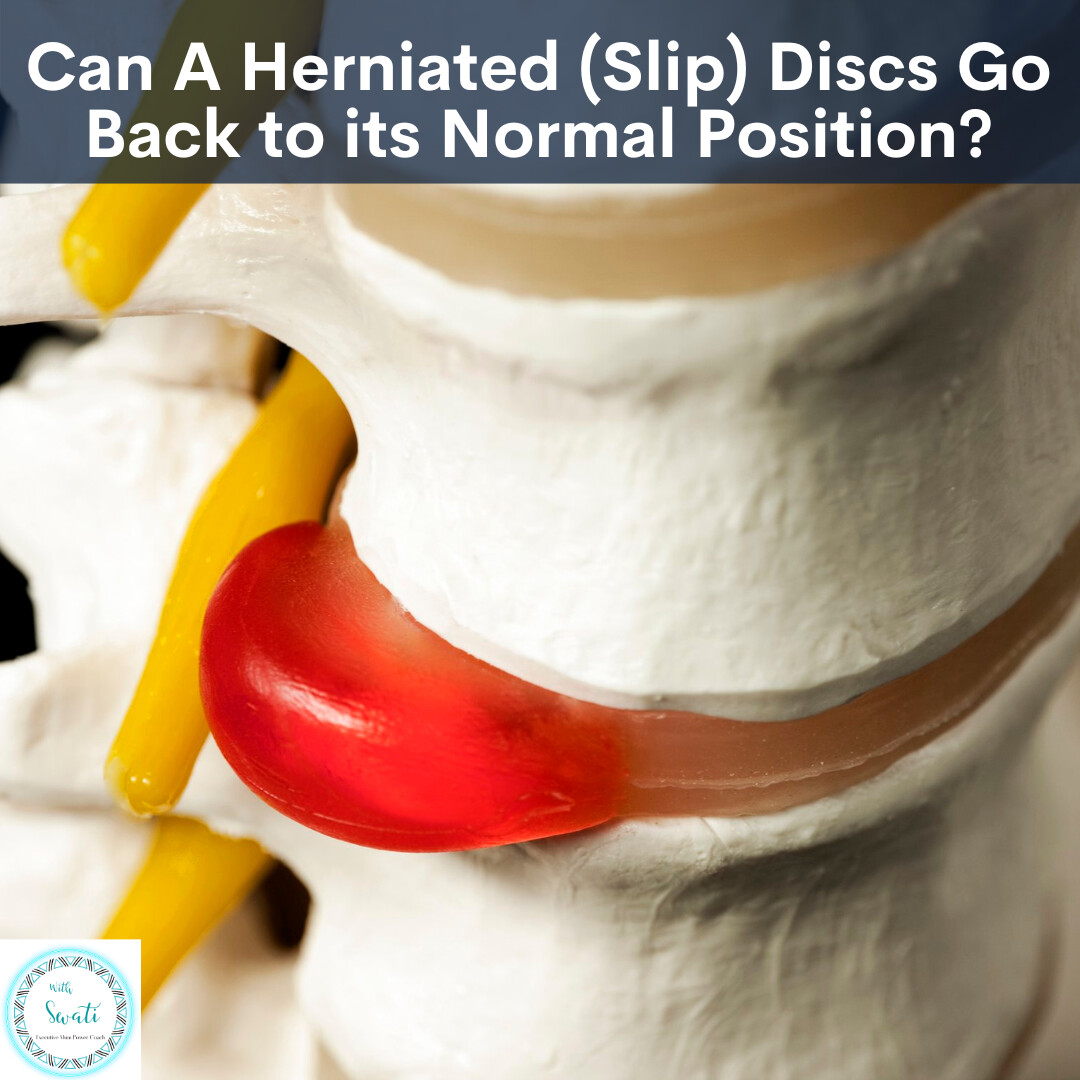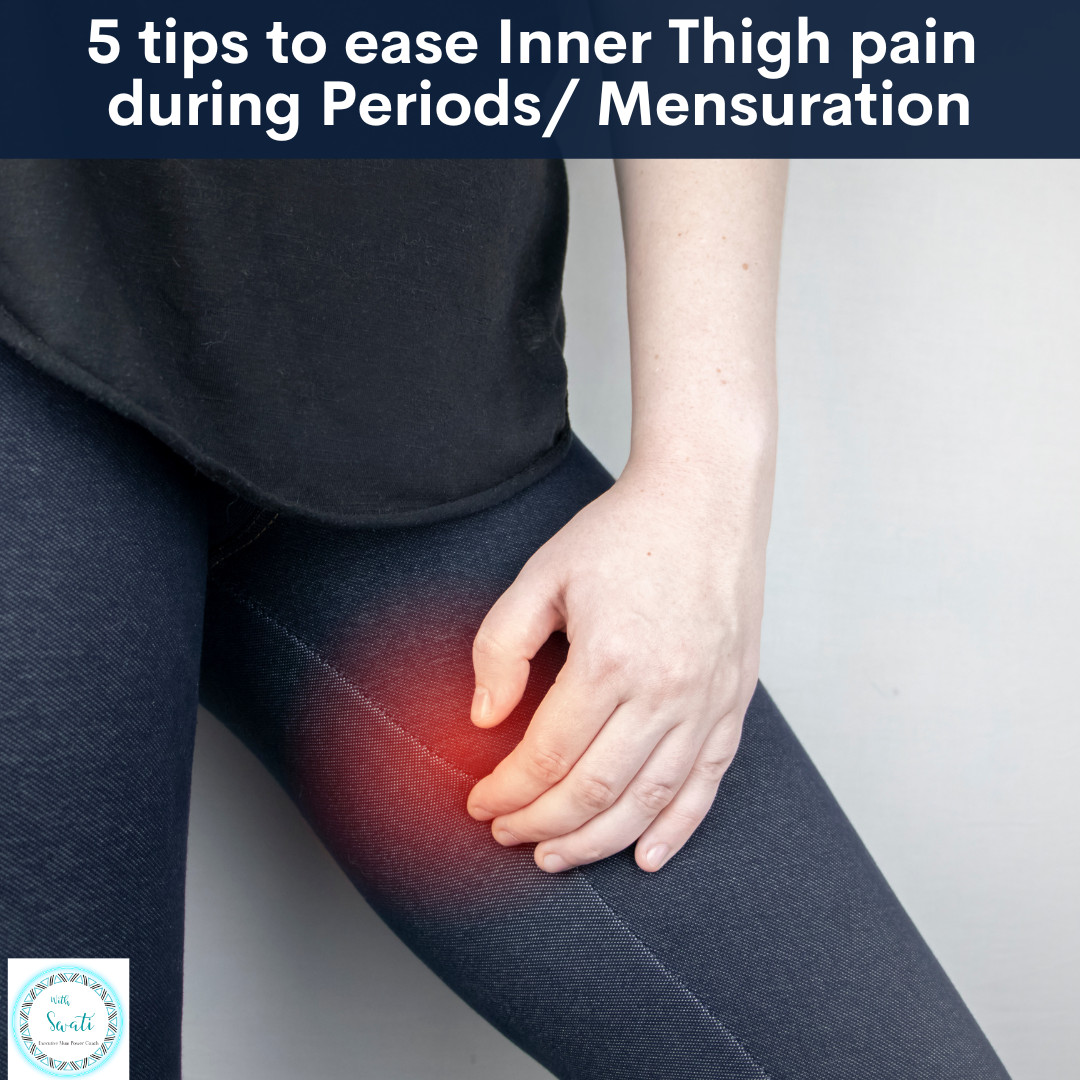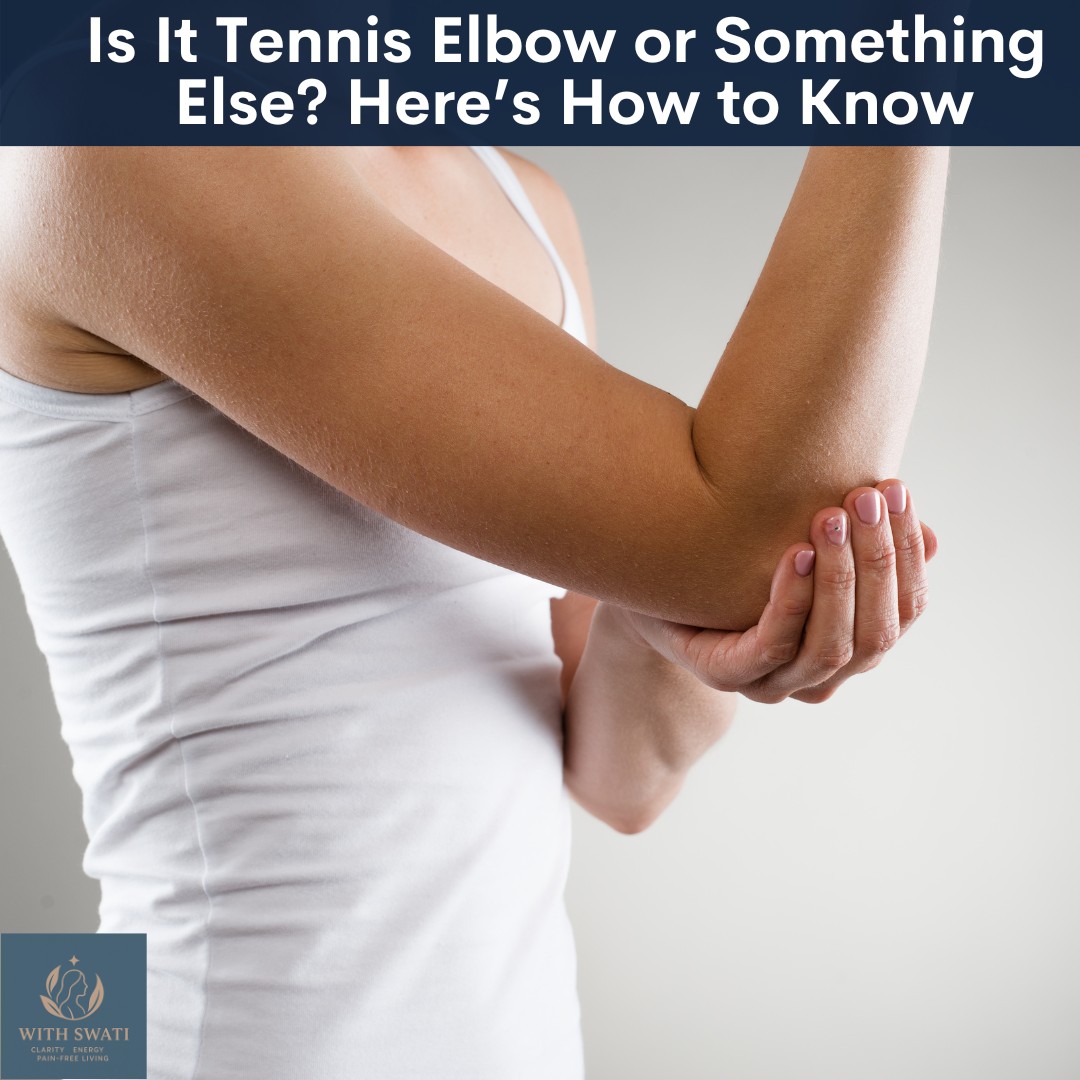
A herniated or slipped disc in the spine is relatively common in middle aged population. But can be seen in younger people as well. One of the commonest question when it comes to a herniated disc is whether it will go back to its normal position. In this blog, lets discuss what is a disc, how does it ‘slip’ and if a slipped disc ever goes back to its original position.
A disc is a gelatinous soft structure present between every two vertebrae in the spine. It acts as a shock absorber and keeps the vertebra from rubbing against each other. A disc is made up of a central jelly like material known as nucleus pulposus that is enclosed within a fibrous ring known as annulus fibrosus. Lets take an analogy of a fried egg to understand a slipped disc. If the white part of the egg is given a small cut the yellow yolk runs out but it is still enclosed by the white part of the egg. However if the cut is deeper then the yellow of the egg runs out of the outer edge of the white part. Now let's apply this same logic to your disc. If you have small tears in the annular fibrosus the nucleus pulposus can still stay contained in the periphery of the disc. This is known as a protrusion of the disc. However, if there are deeper tears in the annular fibrosus then the nucleus pulposus will flow out of the disc’s edge and this is known as a disc prolapse. However if this prolapse is larger and the nucleus pulposus is even more out of its original place it is known as a disc extrusion. The next stage and the most severe stage is when nucleus pulposus goes completely out of the area of the disc and this is known as a disc sequestration. Slipped disc is a generic term used for any of these stages. The extrusion and sequestration stages are also called a complete slip disc and the prolapse and extrusion are known as incomplete slip discs. It is good to know these terms when your doctor discusses these with you or you see them on a MRI report.
Watch this video to learn more about slipped disc and its symptoms:
Our bodies have a wonderful healing mechanism but once a structure is damaged it is not possible for the body to recover a 100%. Even with full recovery the body can only go back to 99% of its original state. The same is true for the slipped disc. Recovery also depends on the amount of inflammation, stage of slip disc and the health of your spine along with other co-existing spinal problems. If the slip is incomplete there are chance of recovery but it is very subjective to the individual and no one can completely predict the final outcome.
If you want to know more about easy ways to manage your spinal (neck & back) and joint pain, join my free community where we discuss this in a judgement free friendly group. We also have free trainings on "Simple Solutions to Manage Your Neck & Back Pain" in this community.
If you like this blog and want to be notified about new blogs as soon as they are published, subscribe to my mailing list below.
I would love to see you around the internet! For other places you can explore more about me: https://withswati.com/page/link
















0 Comments